
You are in :
Flamingos
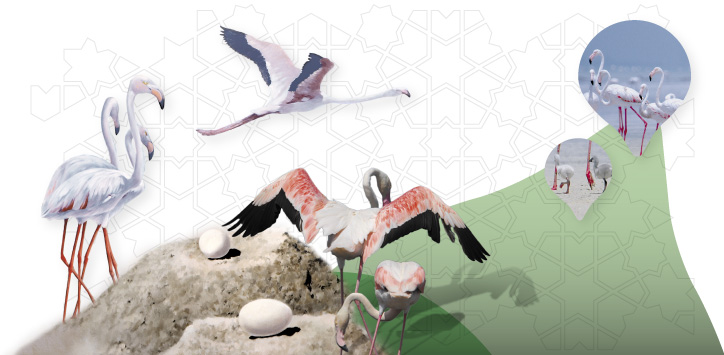
The Elusive Breeders
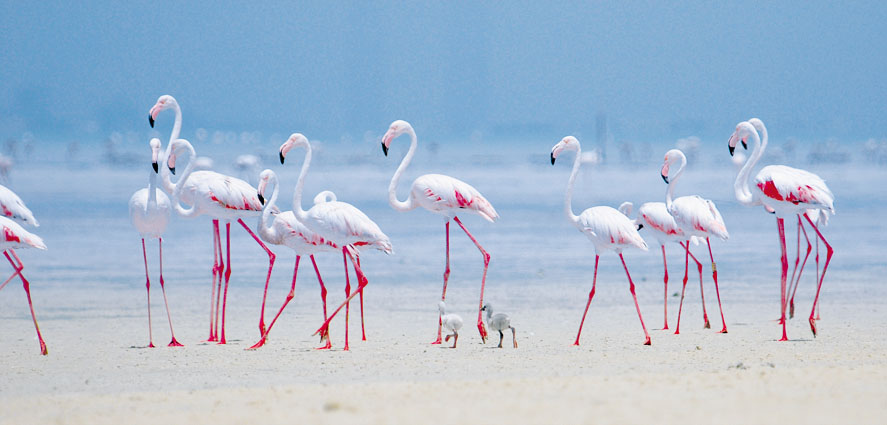
Flamingos with their exotic pink colour, long body, and peculiar bill shape have attracted human attention since time immemorial, and cave paintings of them up to 7,000 years old have been found in Spain. The Greater Flamingo, (Phoenicopterus roseus) continues to fascinate us even today and is a flagship species for bird conservation in the Emirate. The first-ever protected area in the Emirate was declared following the successful breeding of Flamingos at Abu Dhabi's Al Wathba Wetland Reserve in 1998. In 2009, EAD discovered a new breeding colony of the Greater Flamingo in coastal Abu Dhabi, west of Abu Dhabi Island. The new flamingo breeding colony is a highly important discovery, given that the flamingos are elusive breeders, having bred over the last century only twice before in the UAE, both times in Abu Dhabi Emirate, and only at one other location in the Gulf, in Kuwait, in the 1920s. The new colony shows that suitable habitat, unlimited food availability and protection from predation are keys to the success of flamingos and other bird species.
Conservation Imperatives
The entire intertidal mudflat and salt marsh areas to the west of the Musaffah Channel are highly important for the Flamingos as well as many other wintering shorebirds. The new breeding colony, with over 18,000 birds present, as well as breeding Ospreys and Western Reef Heron make the coastal area in and around the Bul Syayeef Marine Protected Area a ‘Conservation Hotspot', not only for Abu Dhabi Emirate but for the entire Arabian Gulf. Protection of the new breeding site and surrounding areas as a Flamingo Sanctuary is not only important but also a national imperative. The successful breeding of the Greater Flamingo highlights the importance of protecting a network of coastal and inland wetland systems and also the urgency with which such areas need to be protected, given the rapid pace of development in the Emirate.
The Mound Builders
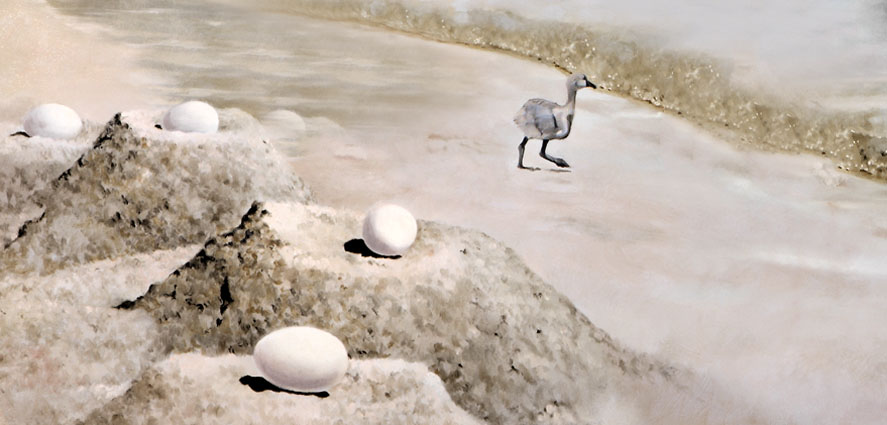
The series of Flamingo mounds against the backdrop of Abu Dhabi's skyline provides a contrasting juxtaposition of human engineering and natural ingenuity. Flamingos make mounds in well protected areas close to water. A shallow depression holds the single egg that hatches after 25–27 days of careful incubation. The chicks remain in a crèche with their parents for about 2 months before they become self-sufficient and can fend for themselves. However, they have to wait for another 4-5 years before getting into the act of mound building, an indication that they have grown up!
Amazing Journey – Sinbad the Flamingo
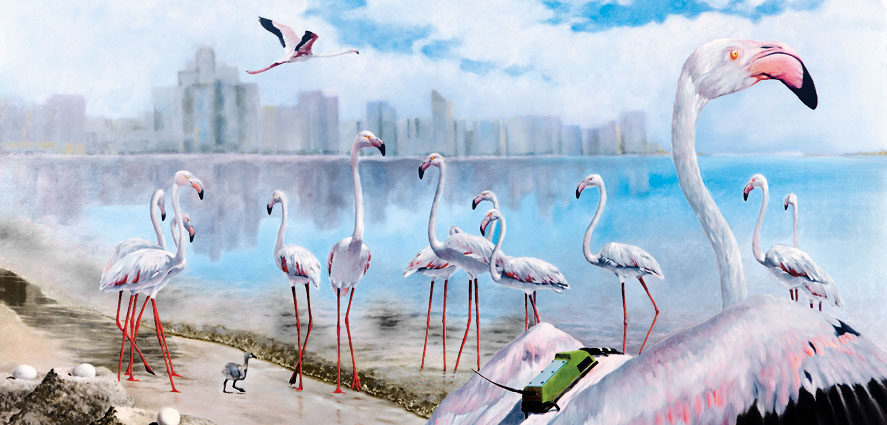
In November 2005, EAD released the first Greater Flamingo equipped with a satellite tracking device. Although the bird disappeared from sight within a few minutes, the on-board transmitter on its back continued to provide precise locations throughout the bird's epic journey. Appropriately named Sinbad after the legendary explorer, the bird has traversed more than 20,000 km in 3 years of tracking, sometime flying at speeds of over 90 kph. A truly international traveller, Sinbad has spent summers in Iran, Turkmenistan, Kazakhstan, Azerbaijan and Saudi Arabia. The successful migration of Sinbad across the Gulf during 3 successive spring migrations has, for the first time, confirmed the origin and stopovers used by Flamingos wintering in the UAE. This information has been invaluable to the tracking of other birds which share similar habitats and migratory patterns.
Eye in the Sky-Monitoring and Modern Technology
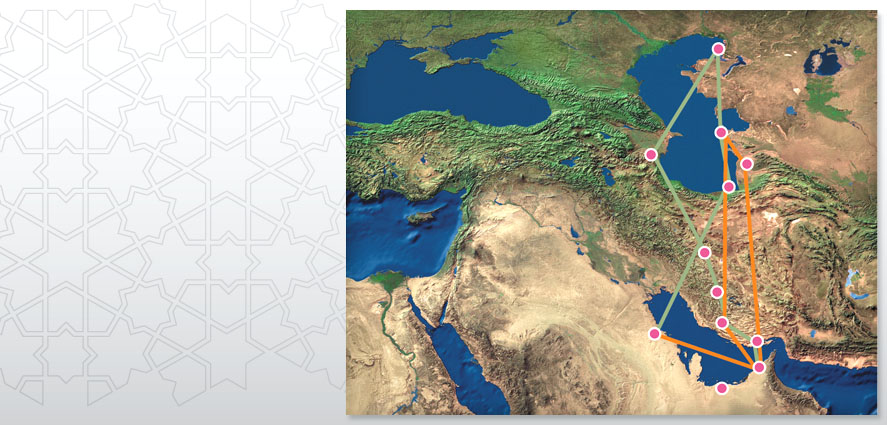
Coastal mudflats have long been recognised as important habitats for many species of waterbird, including Flamingos. However, it is through the sustained effort and effective use of modern tools and technologies by the Bird Programme of EAD that such important areas for Flamingos and other birds are being discovered. The discovery of the Flamingo colony, aided by locations from a satellite-tracked bird, clearly demonstrates the importance of long-term monitoring and effective use of modern technologies.

















